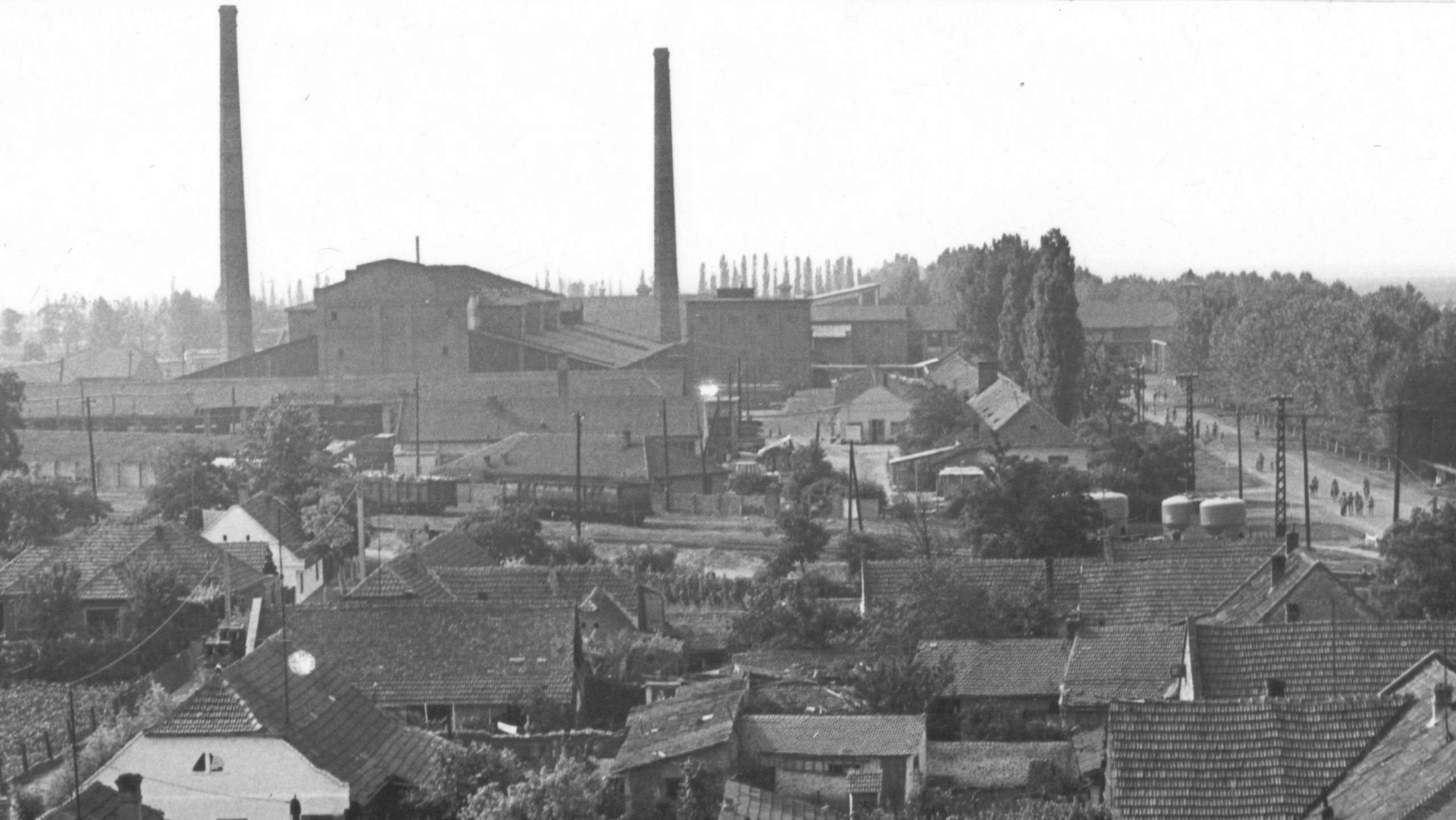HERITAGE OF THE BRICK INDUSTRY IN KIKINDA
As we did at the first Triplex Summer School in Jimbolia during the past september of 2021, in Kikinda we also bet to work with the memory and the remains of the built heritage of the town of Kikinda.
WORKING WITH G.I.S.
The Introduction to GIS lecture and the the two support workshops (working with GIS, and Understanding Water as a tool for forming heritage), offered Triplex Confinium students with theoretical knowledge as well as practical competence in mapping the competition site. The tested tools and mapping methodologies will set the basis for our enhanced GIS course.
ATLAS O2 – Small Interventions in the Landscape DEB
The natural environment is a specific medium for spatial perception. The basic references that define the built environment, such as scale, dimension and distance, do not apply. To characterise the landscape, the observer is forced to resort to abstract concepts such as density, absence, infinity, etc. Abstraction also determines cognition: non-objective, personal cues help.
ATLAS 01- THE QUARRY LAKES
The complex activity of land exploitation carried out over time in Jimbolia, in order to produce ceramic products, led to the appearance of several pits that later transformed, naturally, into anthropic lakes. In the native language, these water filled earth quarries are called "bălți". In their current natural state, the lakes are a good reference point for observing the interaction
TC Wall – online 3D tool
TC Wall - online 3D tool
Jimbolia’s Swimming Pools (VIDEO)
The sixth episode from our Think Brick series is about the Jimbolia's Swimming Pools.
The Futok Workers Colony (VIDEO)
The fourth episode from our Think Brick series is about the Futok Workers Colony.
The Railway and the Industrial Area (VIDEO)
In the third episode from our Think Brick series, we will find out more about the railway and the industrial area of Jimbolia.
The Quarry Lakes (VIDEO)
The second episode in our Think Brick series is dedicated to Jimbolia's lakes- the site for our competition.














